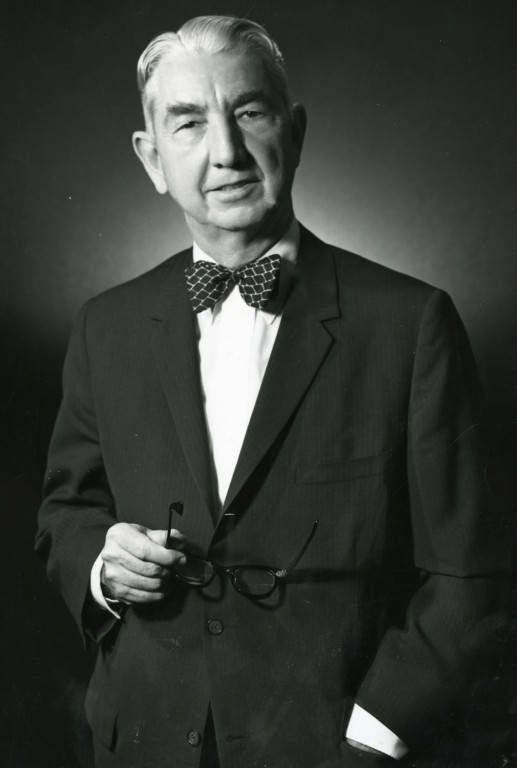Brown v. Board of Education
Case Overview
CITATION
ARGUED ON
REARGUED ON
DECIDED ON
DECIDED BY
OVERRULED
347 U.S. 483 (1954)
December 9, 1952
December 8, 1953
May 17, 1954
Plessy v. Ferguson (1896)
Legal Issue
Does segregation of children in public schools solely on the basis of race violate the Equal Protection Clause of the Fourteenth Amendment?
Holding
Yes, the “separate but equal” doctrine deprives children of the minority group of equal educational opportunities has no place in public education.
The plaintiffs in the landmark case outside of the Supreme Court after the decision was anounced | Credit: Getty Images/Bettmann Archive
Background
In 1951, Oliver Brown, a Black pastor, attempted to enroll his daughter, Linda Brown, at the racially segregated Sumner Elementary School in Topeka, Kansas. After being denied because of her race, Linda was forced to travel a significant distance to attend an all-Black school, despite the fact that the Sumner school was significantly closer to her home. This situation prompted the Brown family, along with other families in similar situations across different states, to challenge the constitutionality of racial segregation in public education.
The initial trials for these cases took place in various district courts, where the plaintiffs sought to prove that the segregated schools were inherently unequal and detrimental to Black children. Although some district courts recognized the disparities in educational quality and facilities, they generally upheld the principle of segregation under the precedent of Plessy v. Ferguson (1896). Upon reaching the Supreme Court, the combined cases, led under the title of Brown v. Board of Education, were argued by Thurgood Marshall, who later became the first Black justice on the Supreme Court.
Summary
Unanimous decision for Brown
Brown
Board
Warren
Black
Douglas
Reed
Clark
Minton
Jackson
Burton
Frankfurter
Opinion of the Court
Writing for a unanimous Court, Chief Justice Earl Warren held that in the field of public education, the “separate but equal” doctrine established in Plessy v. Ferguson (1896) has no place. Warren explained that to answer the question of if segregation of public schools was actually “separate but equal”, the Court must look past just the physical attributes of the schools and examine their impact on public education. Reviewing the history of the Fourteenth Amendment, Warren found it to be inconclusive to answering the constitutional question at hand and instead explained that the Court “must consider public education in the light of its full development and its present place in American life throughout the Nation.”
The Court’s previous holding McLaurin v. Oklahoma State Regents (1950) established that a black student at a white graduate school must be treated the same as other students. Referencing this decision, Warren asserted that “[s]uch considerations apply with added force” when it comes to public grade and high schools. Examining the impact of segregation in public education on students, Warren held that “[t]o separate them from others of similar age and qualifications solely because of their race generates a feeling of inferiority as to their status in the community that may affect their hearts and minds in a way unlikely ever to be undone.” Ultimately, Warren held that segregation in public schools is “inherently unequal” and has no place in public education.









